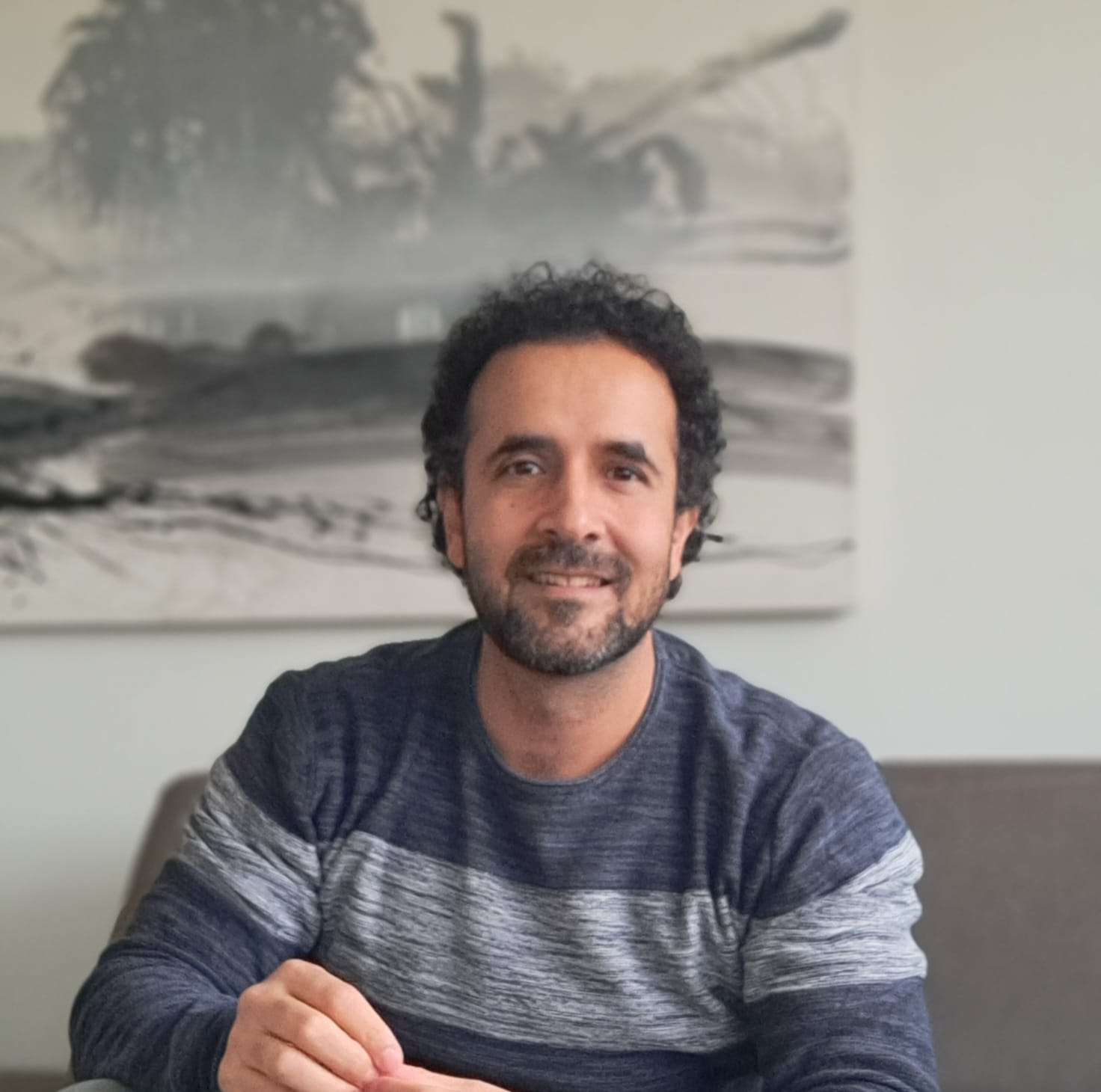Projects

Identification of irregular archaeological features in northern South America forest using remote sensing methods
We integrate machine learning, geosciences, and heritage studies to develop a novel method for identifying pre-Columbian traces. Utilizing aerial sensors designed for studying the Earth's surface, along with botanical, and archaeological data, we develop reusable algorithms for efficient identification of endangered archaeological sites in forested mountains of South America. Management and remote sensing automated analysis of pre-Columbian heritage in South America.

Mapping the Archaeological Pre-Columbian Heritage of South America (MAPHSA)
The Mapping Pre-Columbian Heritage in South America (MAPHSA) project aims at producing the first leading integrated database for the pre-Columbian archaeological heritage of South America that will be Open Access, available on geospatial relational database, and serve as the primary resource for heritage protection and research repository for the continent. The project will adopt a multidisciplinary approach drawing from archival work, remote sensing, and on-ground survey to identify pre-Columbian heritage, assess its state of preservation, and to develop state-of-the-art methods for automated detection of threatened archaeological sites for monitoring by local heritage authorities and other stakeholders.

Ancient Adhesives: A window on prehistoric technological complexity
The Ancient Adhesives project aims to create a new computational method to study technological complexity in (pre)historic times. We do this with 29 partners mainly from museums and universities, and with funding from the European Research Counsel (ERC). The project’s models are initially applied to measure the complexity of prehistoric glue technology. They can be adapted to analyse and compare different technologies, for example copper smelting and pottery production.
